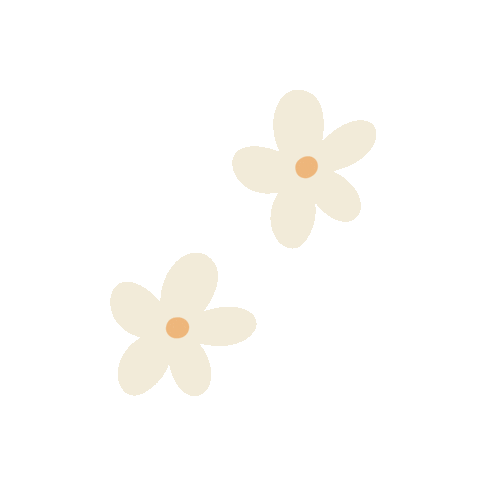Imagination Exercises ♡・゚: *
- Katie

- Jun 27, 2021
- 3 min read
Updated: Feb 18, 2024
The other day, I bought the cutest book titled, How To Be An Explorer Of The World, by Keri Smith. The book is rather simple, filled with activities and quotes to help you view the world in a different, more childlike way and also find ways to help you pay attention to the details of the world. It is absolutely adorable and I was so inspired after only flipping through it for about five minutes. It did however leave me wondering why we so often lose a big chunk of our imagination as we grow older. Of course, I think imagination is a muscle and I believe you can always gain it back as long as you are willing to put yourself in that headspace again and exercise that muscle. So fear not, with the help of this cute little book, I gathered up a few of my favorite activities and exercises that I think will help pull out your inner child and creativity. I have had so much fun these past few days putting them to work that I feel like I could sit down and write a book with all that I have come up with. You can use these in any environment at any given point of the day. Usually all you need is your brain, just don't take anything too seriously. ☺
I hope you enjoy these as much as I do and if you try them out, tell me about your experiences! I would love to hear how it went for you.
Katie ♡

1. World of Magic
For this activity, collect any objects for their potential magic quality and the attach a story to them, or create a fictitious history about the object.
ex. A found, magic pinecone when planted grows a tree that causes all who sit under it to fall asleep and have vivid dreams.
2. Invisible City
Using your imagination, create a portrait of your city or town in which everything that you encounter is magical, exaggerated, or slightly altered from reality.
3. The Truth About Inanimate Objects
Capture the hidden life of inanimate objects you find out in the world. What do they do when there are no people around? Track their activities and social interactions. You may have to go undercover for this operation.
4. Ways to Transform an Everyday Experience
-Add music (with headphones) to set a tone determined by you.
-See everything as a film. You are the filmmaker and everything is a source. Make a movie with your eyes.
-Look at the world as a puzzle that you determine the meaning of.
-Invoke the imagination (pretend you are on a secret mission, go into character, perceive inanimate objects as real).
-Pretend you are someone else. "What would ______ do?"
-Attempt to see things from as many angles as possible.
-Alter your habitual routine. Take a different route than you normally would.
5. Incorporate Indeterminacy
Allow something or someone else to choose what direction you head in, or what or how you explore.
6. Thought Experiments
Einstein used "thought experiments" (questions that can only be solved using the imagination) on a regular basis. He actually formulated the special theory of relativity by asking the question, "what would it be like to travel on a beam of light?" Conduct these thought experiments in the midst of everyday life.
ex. What if all my neighbors had secret lives? What if all leaves had secret messages embedded into them? What if little elves lived on the roof and only came out at night? What if the newspaper held all the secrets of the universe in some kind of code?
7. Wander Aimlessly
Pick a day and a time and pack a bag with whatever you want (food, camera, book, journal, wallet, pen). Now, start heading in any direction and act only on instinct. Do the opposite of what you think you should and if you start to think you are wasting time, then you are doing it correctly. Keep going, pay close attention to the details, and lose all sense of time and place.
8. Found Faces
Document any naturally occurring faces you find on your travels. Look for them in plumbing parts, fixtures (door hooks), in nature (trees), in human-made objects, in the clouds, etc.
9. Accidental Art
Go for a walk and identify and document existing "art" that you find, such as things that are not created on purpose.
ex. Stains on the sidewalk, spilled paint, bird poo, residue, corrosion, rust, things that are damaged, random arrangements of objects that you find interesting, a bag caught in a tree.
10. Altered States
Find a way to alter your physical experience of the world (your senses) while on your travels.
ex. Squinting your eyes to blur your vision, wearing color-tinted glasses, closing one eye, wearing earplugs, hanging upside down for a time, walking as slowly as possible, plugging your nose while eating.




Comments